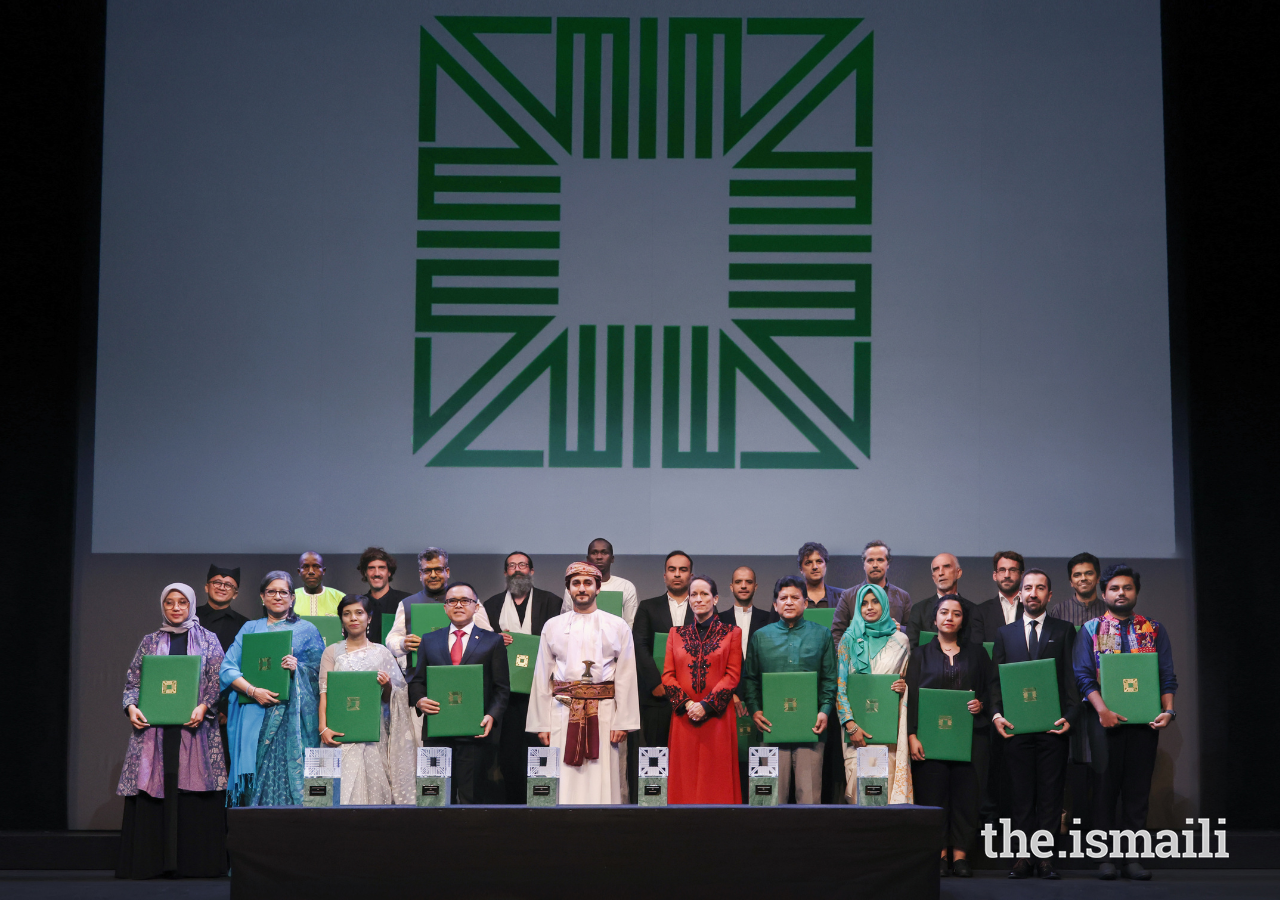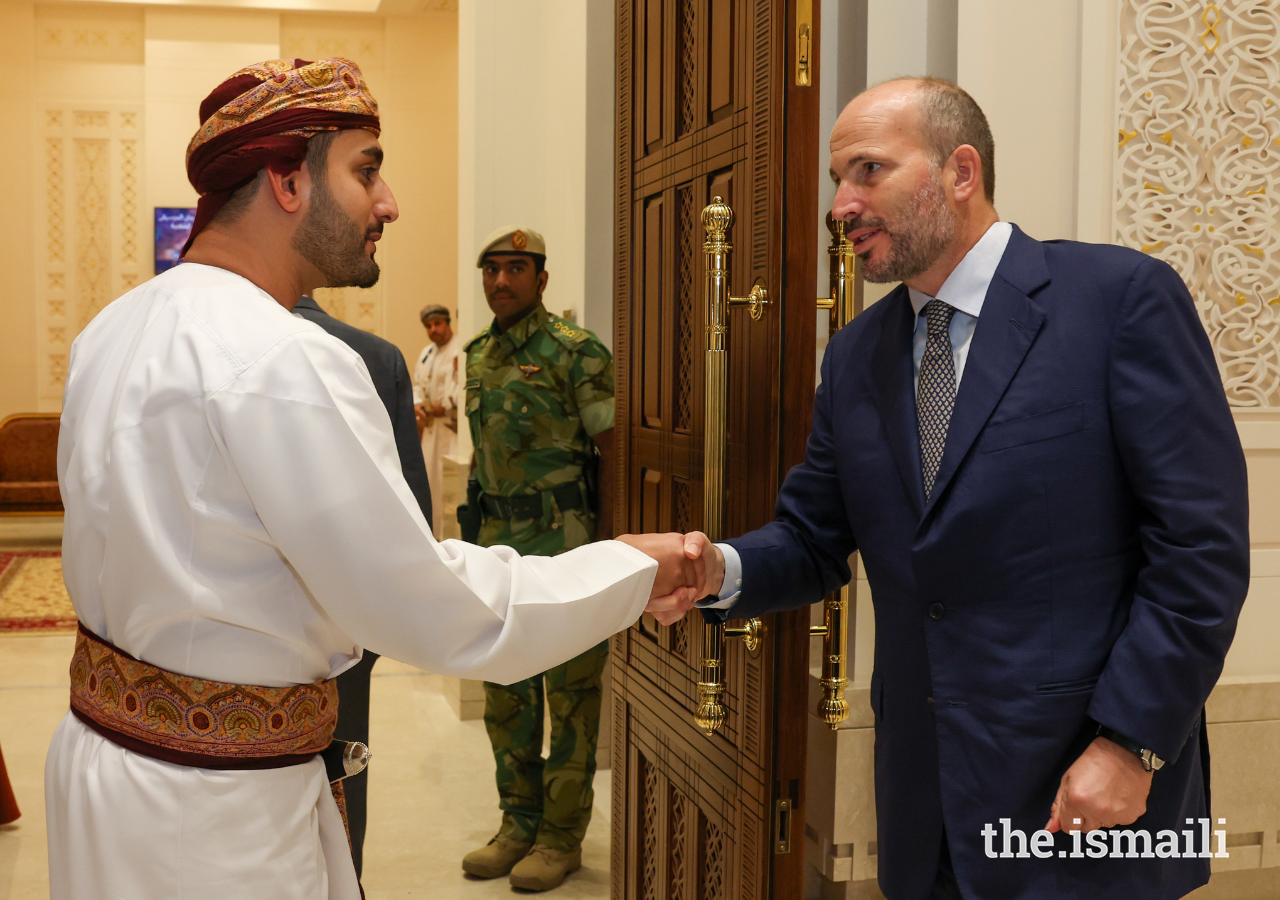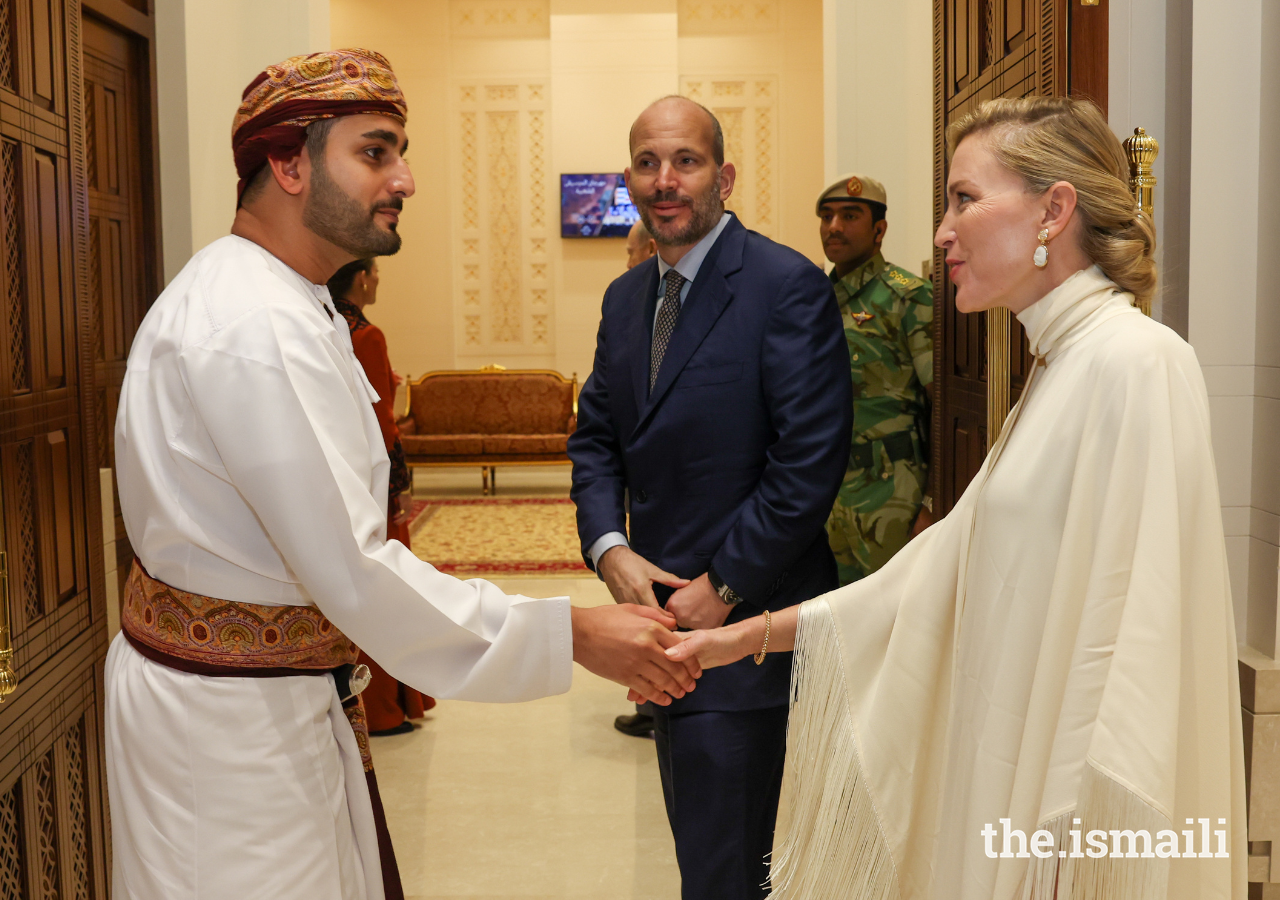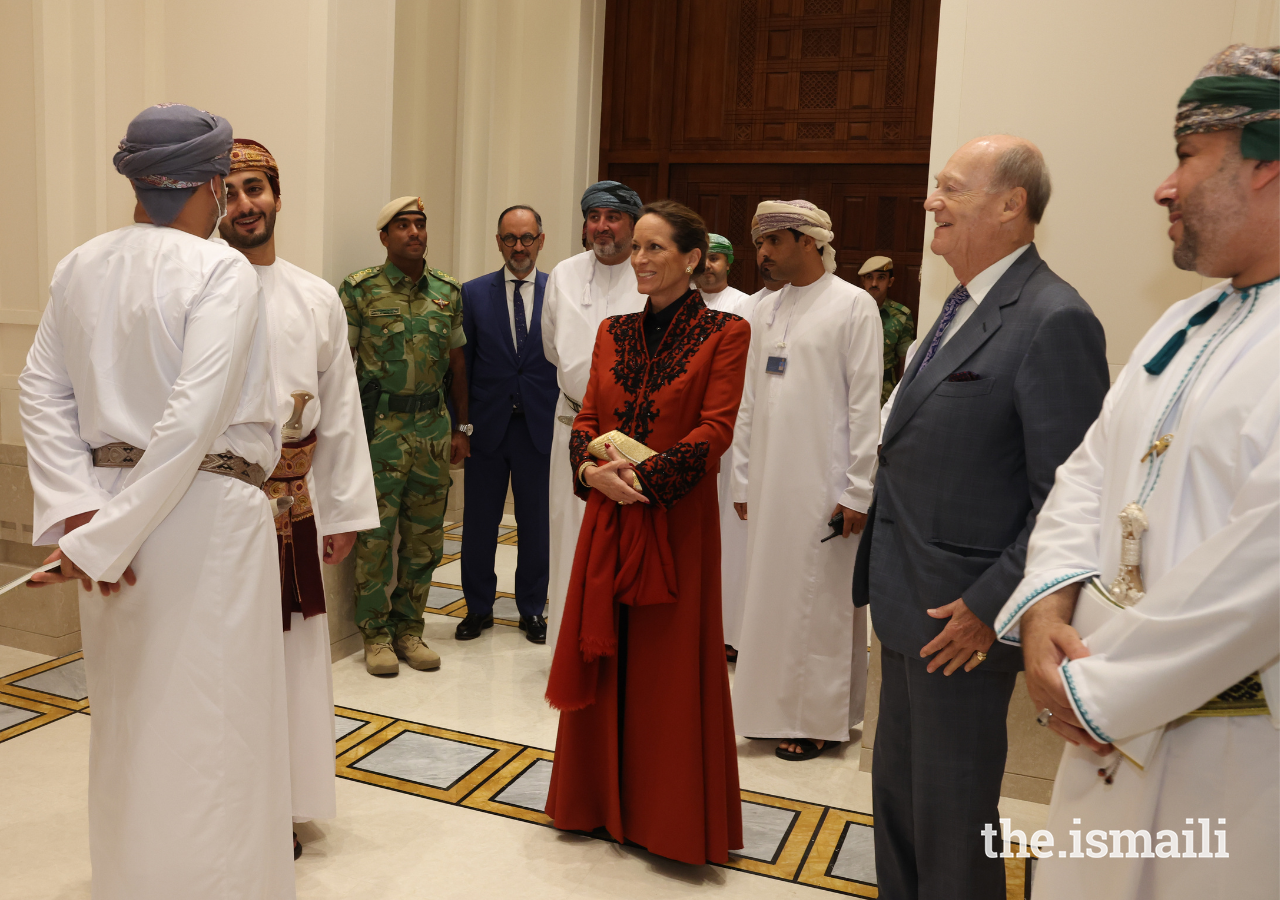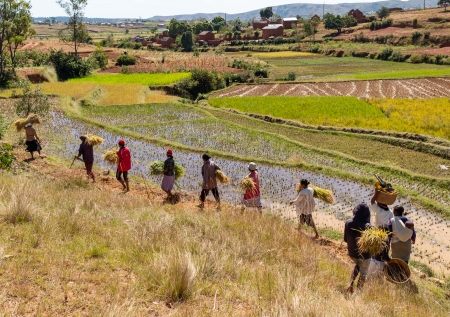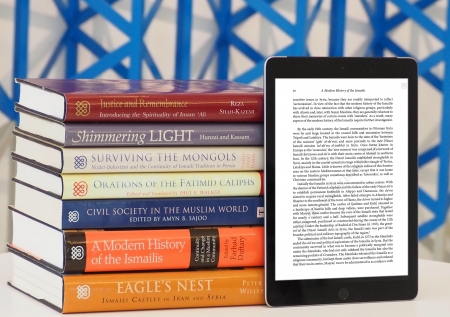The Aga Khan Award for Architecture is known as one of the oldest and most prestigious awards in architecture. Six outstanding architectural examples were honoured at the 2022 presentation ceremony held within spectacular surroundings in Muscat earlier today, joining the ranks of fellow winning projects dating back four decades.
The recipient projects — from Indonesia, Senegal, Bangladesh, Iran, and Lebanon — broadly reflect one of the ethical principles of Islam – to improve the quality of life of the communities they are built in. They also respond to some of the pressing challenges of our time, including urbanisation, fractured societies, and global heating.
Farrokh Derakhshani, director of the Aga Khan Award for Architecture, welcomed guests to the event. “It is a great honour that today we gather here in Oman, a country steeped in history, rich in culture and where tradition is the foundation for the future,” he said. “We see in the six projects we celebrate this evening, a spirit of inclusivity and pluralism that is the essence of the Award in its ongoing mission to recognise excellence in architecture.”
His Excellency Sayyid Saeed bin Sultan Al Busaidi, Undersecretary of the Ministry of Culture, Sports and Youth for Culture in Oman, also expressed warm greetings and his wish that a future architecture project in Oman might one day receive an Aga Khan Award.
In her keynote address, Princess Zahra noted that this year’s Award recipients “show us how architecture can create dialogue among people, build bridges between communities, and act as places of sanctuary for those in need.”
Enhancing the quality of life
Architecture is not only about building, as the Aga Khan Award has sought to illustrate over its history. Princess Zahra noted Mawlana Hazar Imam’s profound belief that when done well, architecture “is a means of improving people’s quality of life.”
This year’s recipients show that architecture is able to address global challenges through local solutions. The award has always been inherently solution-oriented. It recognises projects that bring together the best talents and ideas from around the world that go on to create spaces that achieve enduring excellence by being of their time and of their place.
For example, the temporary community spaces of the Rohingya Refugee Response programme provide a dignified, and sensitive response to emergency needs of Rohingya refugees in Bangladeshi host communities. Likewise, Banyuwangi International Airport but extending the language of the landscape, may one day become a game-changer in airport architecture.
Turning to the laureates, Princess Zahra paid tribute to their work. “Your projects acknowledge the needs of diverse communities, respect the natural world, and enhance the quality of life,” she said.
The role of architecture
This cycle, the Master Jury placed a strong emphasis on what Princess Zahra called “the physicality of real spaces that bring people together – spaces that have a capacity to heal and restore a sense of dignity.”
In the case of the Argo Contemporary Art Museum, the ruins of an old building were renovated and new surfaces built with a subtle approach and design. Similarly, the Renovation of Niemeyer Guest House is an inspiring tale of architecture’s capacity for repair.
As the artistically inclined will attest, design transcends time, and the Award is known for being a link between the traditional and contemporary, aiming to show what a better future for Muslim societies might look like. Princess Zahra mentioned the Award “thinks intensely about the lessons of the past, the needs of the present, and anticipates changes that will condition the future.”
Reimagining the future
“It is this rigorous pursuit of hope for a better future that has characterised the Aga Khan Award for Architecture from its inception,” added Princess Zahra. This year’s winning projects aim to reimagine reality by charting new directions and possibilities, and in the process, adding to the conversation on how the practice of architecture can have a positive impact on the way humans live our lives.
As an example, the Urban River Spaces team transformed a derelict informal dump site into an attractive and accessible multifunctional space, while the Kamanar Secondary School’s new grid of classroom pods was organised around pre-existing tree canopies, acting as an innovative role model of environmentally-conscious design.
“The six projects we honour tonight are beacons in our collective search for solutions and will help point the way forward for others,” Princess Zahra explained. “Inspired by these six laureates, future cycles of the Award will continue to explore new ground, seek out other promising solutions, and chart a path towards peace and progress.”

